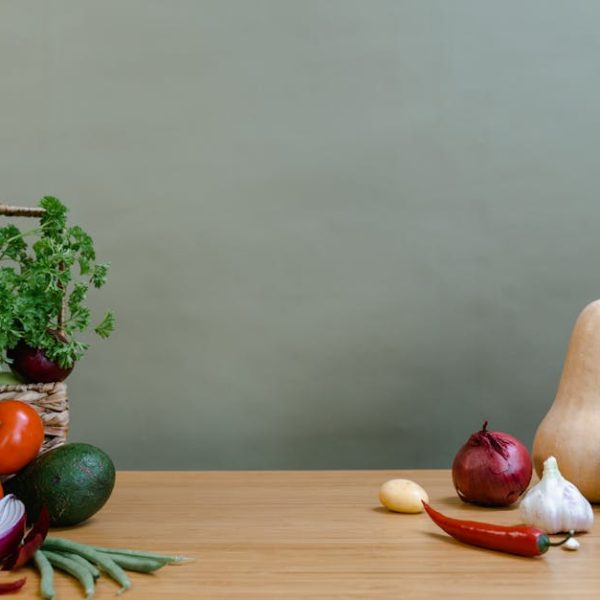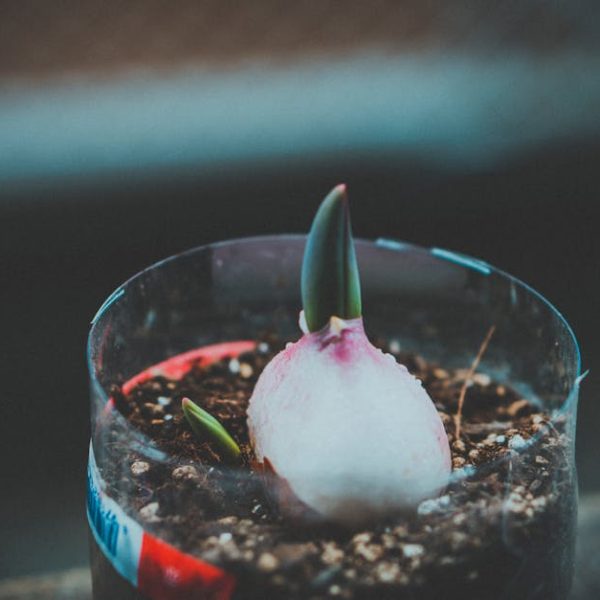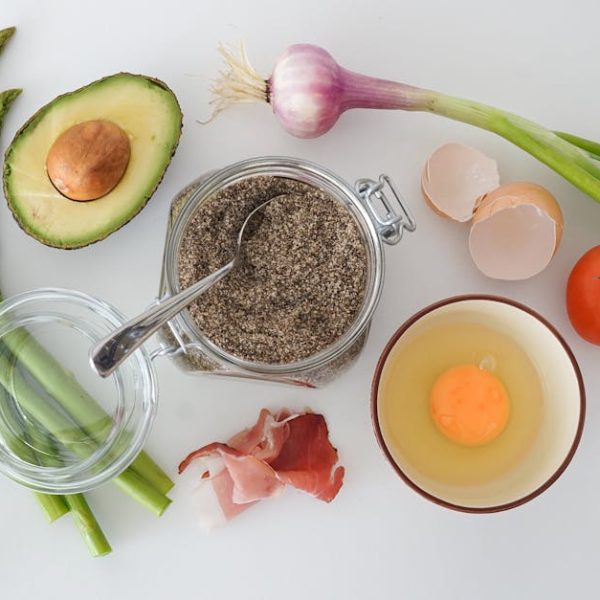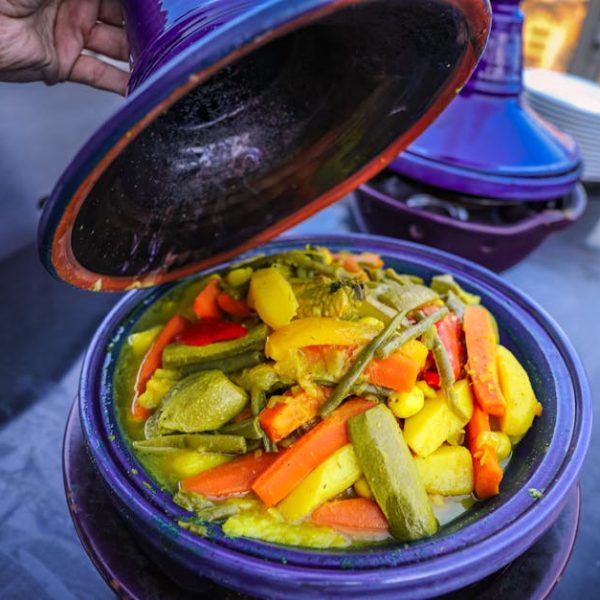We all know how disappointing it is to pull a limp, faded root vegetable from the back of the fridge. But with the right storage methods, you can keep your carrots fresh and crunchy for much longer than you might think. Let’s delve into the simple techniques you can use to make the most of your fresh carrots and reduce waste.
Technique 1: Storing Carrots in the Fridge
Fridge storage is an ideal method to keep carrots fresh for a considerable amount of time. The trick is in boxing them in a container with a lid, at a temperature range between 32 to 40°F, or better yet, in your fridge’s “crisper” drawer with the humidity dial turned up high. Carrots thrive in high humidity (90-95 percent). This environment maintains both their crispness and nutritional quality. The simple act of placing them unwashed, preferably whole, in a perforated plastic bag can give you fresh, vibrant carrots for up to 2-3 weeks.
Pro Tip: If purchased with green tops, always cut them off before storing. The tops continue to draw out moisture, leaving you with limp, shriveled roots.
Checklist for Fridge Storage:
1. Remove the carrot tops.
2. Do not wash before storing.
3. Place in a perforated plastic bag.
4. Store in the high humidity section of your refrigerator.
Technique 2: Storing Carrots in Water
An equally effective technique for long-lasting freshness is storing carrots immersed in water. This method is particularly useful when space is at a premium as it efficiently utilises storage space while retaining the crispness of your carrots. To get the best out of this method, change the water every 4-5 days to prevent any form of bacterial growth and maintain the freshness of your carrots up to a month.
Best Practice: Choose a container with a tight-fitting lid for water storage—this keeps the moisture levels just right. Remember to change the water every four to five days to keep the carrots crisp and fresh.
Below are some of the pros and cons of this method compared to fridge storage:
| | Refrigerator | Water |
|—|—|—|
| Pros | Space-efficient, doesn’t require much attention. | Keeps carrots extremely fresh, can retain freshness up to a month. |
| Cons | Potentially more food waste if not used promptly. | Requires regular water changing, needs more space. |
Technique 3: Storing Carrots in a Cool, Dark Space
If you find yourself with a surplus of carrots, a root cellar or similar cool, dark, and well-ventilated environment offers an ideal storage solution. The consistently cool temperature slows down the rate of decay while reducing moisture loss. Just remember to remove any green tops and store them individually wrapped in paper, not plastic, to prevent moisture build-up which can lead to mold. This method gives you fresh carrots for more extended periods, sometimes several months.
Pro Tip: Storing carrots in sawdust or sand in your root cellar can further slow the process of the spoiling, as these media will dissipate moisture and limit temperature fluctuations.
Comparing Storage Spaces
Here’s a comparison to help you make an informed decision between storing your carrots in a refrigerator or a cool, dark space:
| | Refrigerator | Cool, Dark Space |
|—|—|—|
| Pros | Tailored humidity and temperature control, no additional space required | Ideal for large batches, very long shelf-life |
| Cons | Limited space, regular monitoring needed | Requires additional spaces like root cellars, possible risk of pests |
Maintaining Freshness through Proper Handling
The length of a carrot’s edible life is greatly influenced by how it is handled before it is stored. Washing or peeling carrots before storage can reduce their longevity, as moisture or damage can speed up decay. Similarly, cutting carrots into slices or sticks creates more surface area for bacteria and fungal organisms to attack, reducing their lifespan. Therefore, it is best to wash carrots just before you plan to use them, and if possible, to store them whole.
Best Practice: Don’t wash or cut the carrots before storing them. Wait until you’re ready to eat or cook with the carrots before washing and cutting them.
Pros and cons of pre-cutting and storing whole carrots include:
| | Pre-cut Carrots | Whole Carrots |
|—|—|—|
| Pros | Convenient, ready to consume/cook | Longer-lasting freshness, maintains nutrient value |
| Cons | Shorter shelf-life, risk of bacterial contamination | Requires time for prep and cleaning before use |
Alternative Preservation Methods: Freezing and Canning
When it’s carrot season, and you’re overflowing with more beautiful orange roots than you know what to do with, consider preserving them by freezing or canning. Both these methods work on the principle of halting enzymatic action which leads to ripening and ultimately decay. Freezing slows down enzyme actions, while canning destroys the enzymes with heat.
Pro Tip: Before freezing carrots, blanch them in boiling water for two minutes and then immediately cool them in ice water. This process helps keep their vibrant colour, and maintains the taste and texture when you defrost them.
Checklist for Freezing or Canning Carrots:
1. Select fresh carrots.
2. Wash, peel, and cut the carrots.
3. Blanch them for two minutes.
4. Cool the carrots quickly in ice water.
5. Drain well.
6. Pack carrots into freezer bags or canning jars.
7. Freeze or process in a pressure canner.
With these techniques, you can savor the fresh taste of carrots all year long. It’s time to enjoy your carrots at their best, the way they’re meant to be! Happy crunching!
Key takeaway:
- Refrigeration, water storage, and cool, dark spaces are effective methods for maintaining the freshness of carrots.
- Proper handling and preparation of the carrots is just as crucial as the environment in which they’re stored. Keeping them whole, unwashed, and removing all greens before storing can significantly increase their shelf-life.
- For larger harvests or longer preservation, techniques like freezing or canning can be considered.
Bear in mind that each storage method has pros and cons, and you should choose a technique that suits your lifestyle and requirements best. You no longer have to worry about spoiled carrots and wastage.
FAQs
Q: Can I leave my carrots at room temperature?
A: It’s not recommended as carrots lose their freshness quickly at room temperature. It’s best to store them in a refrigerator, water, or a cool, dark space.
Q: Can I freeze carrots without blanching?
A: While you can freeze carrots without blanching, this process helps maintain their color, taste, and texture, leading to a higher quality preserved carrot.
Q: If my carrots look a bit shriveled, should I throw them away?
A: Not necessarily, the carrots might just be dehydrated. Try soaking them in water for a few hours. If they regain their firmness, they’re likely fine to eat.
Q: Is there a difference in nutritional value between fresh and stored carrots?
A: Any storage method will cause a slight decrease in nutritional value over time. However, if carrots are adequately stored, the decrease should be minimal.
Q: Can I store my other vegetables the same way as carrots?
A: While these storage methods may work for some other vegetables, each type has its unique storage needs for optimal freshness.
Please, feel free to share this article and explore more great posts on our website. Ensuring your carrots stay fresh and tasty has never been easier!






